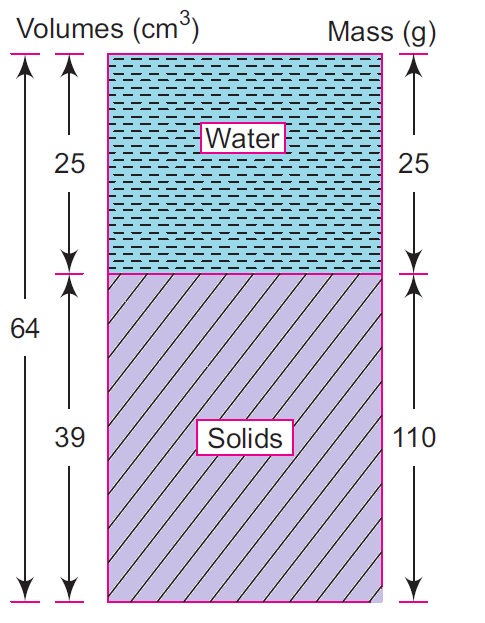Problem Statement (GATE Exam 1992)
A cohesive soil has:
- Maximum dry density (\( \rho_d \)) = 1.8 g/cm³
- Optimum Moisture Content (OMC) = 16%
- Specific gravity (\( G \)) = 2.65
Determine:
- Degree of saturation (\( S \)) at Proctor maximum
- Theoretical maximum dry density at zero air voids
Solution
1. Void Ratio Calculation
\( e = \frac{G \cdot \rho_w}{\rho_d} – 1 = \frac{2.65 \times 1}{1.8} – 1 \approx 0.472 \)
2. Degree of Saturation Determination
\( S = \frac{w \cdot G}{e} = \frac{0.16 \times 2.65}{0.472} \approx 89.79\% \)
3. Zero Air Voids Density
\( \rho_{d,\text{max}} = \frac{G \cdot \rho_w}{1 + w \cdot G} = \frac{2.65 \times 1}{1 + 0.16 \times 2.65} \approx 1.861 \, \text{g/cm}^3 \)
Results:
- Degree of saturation: \( S \approx 89.8\% \)
- Theoretical maximum dry density: \( \rho_{d,\text{max}} \approx 1.861 \, \text{g/cm}^3 \)
Explanation
Key Relationships:
- Void ratio links particle arrangement to measurable density
- Saturation percentage shows air/water balance in voids
- Zero air voids condition represents perfect compaction
Physical Meaning
1. 89.8% Saturation:
- Indicates 10.2% air voids remaining at Proctor maximum
- Shows potential for further compaction
2. 1.861 g/cm³ Theoretical Maximum:
- Represents ideal density with complete water saturation
- 3.4% density increase potential from original Proctor value
Engineering Significance:
- Demonstrates the gap between field compaction and laboratory ideals
- Highlights importance of moisture control in earthworks
- Explains why OMC < saturation moisture content


